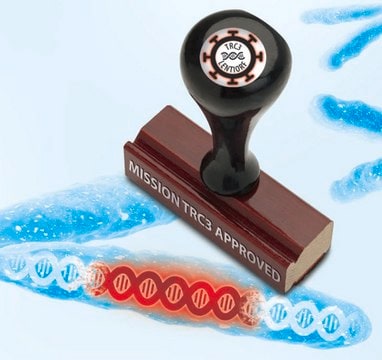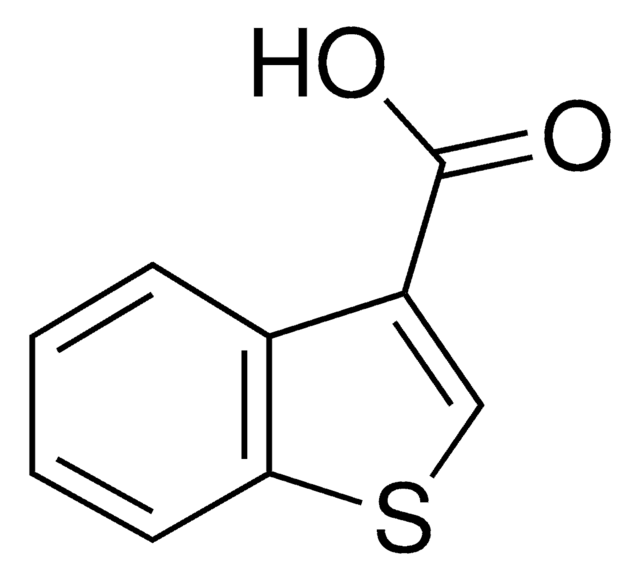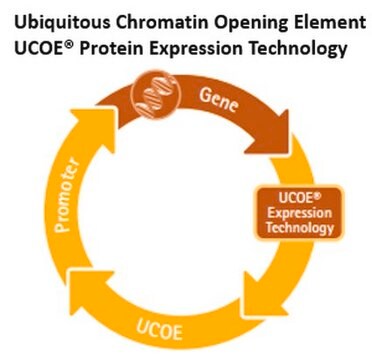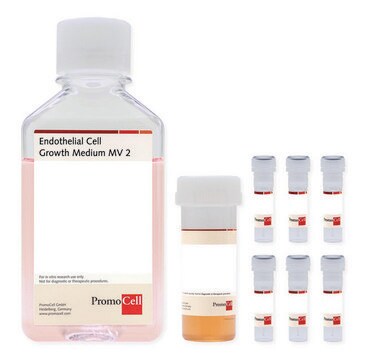OGS585
PSF-CMV-HYGRO - CMV DRIVEN HYGROMYCIN RESISTANT VECTOR
plasmid vector for molecular cloning
Synonim(y):
cloning vector, expression vector, molecular cloning vector, plasmid, plasmid vector, snapfast vector, vector
About This Item
Polecane produkty
Postać
buffered aqueous solution
masa cząsteczkowa
size 5242 bp
selekcja bakterii
kanamycin
selekcja komórek ssaków
hygromycin
Pochodzenie replikacji
pUC (500 copies)
Rozszczepienie peptydów
no cleavage
Promotor
Promoter name: CMV
Promoter activity: constitutive
Promoter type: mammalian
gen reporterowy
none
Warunki transportu
ambient
temp. przechowywania
−20°C
Opis ogólny
Promoter Expression Level: This plasmid contains the mammalian CMV promoter to drive gene expression. We have tested all of our mammalian promoters in a range of cell types and CMV is consistently the strongest in those we have studied. However there are many reports of the CMV promoter demonstrating silencing by methylation in long-term culture. For this reason we stock a range of other promoters that are compatible with this plasmid and are available on request.
Zastosowanie
By positioning all of our genes in the same location it allows them to be transferred between plasmids using the same cloning method and restriction sites regardless of the plasmid being used from our product range. Inserting a new gene into this plasmid should be easily possible using a range of standard restriction enzyme sites that flank the gene currently in the vector.
Multiple cloning site notes: In the multiple cloning site there are two important restriction sites called BsgI and BseRI sites. These sites both cut the DNA at the same position and cleave the stop codon of the gene in the multiple cloning site in this plasmid thereby producing a TA overhang. This overhang is compatible with any of our peptide or reporter fusion tag plasmids also cut with either of these enzymes. This allows seamless C-terminal fusions to be made with the gene in this multiple cloning site using a single cloning step from our C-terminal peptide and reporter tag product range. Normally the easiest method is to clone the C-terminal tag from our other plasmid products into this plasmid using BsgI or BseRI and the downstream ClaI restriction site.
BseRI and BsgI sites are non-palindromic and cleave a defined number of bases away from their binding sites. This allows them to cut the upstream stop codon in the gene in this plasmid regardless of the gene sequence.
Sekwencja
Komentarz do analizy
produkt powiązany
Kod klasy składowania
12 - Non Combustible Liquids
Temperatura zapłonu (°F)
Not applicable
Temperatura zapłonu (°C)
Not applicable
Certyfikaty analizy (CoA)
Poszukaj Certyfikaty analizy (CoA), wpisując numer partii/serii produktów. Numery serii i partii można znaleźć na etykiecie produktu po słowach „seria” lub „partia”.
Masz już ten produkt?
Dokumenty związane z niedawno zakupionymi produktami zostały zamieszczone w Bibliotece dokumentów.
Nasz zespół naukowców ma doświadczenie we wszystkich obszarach badań, w tym w naukach przyrodniczych, materiałoznawstwie, syntezie chemicznej, chromatografii, analityce i wielu innych dziedzinach.
Skontaktuj się z zespołem ds. pomocy technicznej
![7-Fluorobenzo[d]thiazole-2-thiol AldrichCPR](/deepweb/assets/sigmaaldrich/product/structures/803/415/c7b4e936-acdd-4efd-b0f0-2d549c0b4c7e/640/c7b4e936-acdd-4efd-b0f0-2d549c0b4c7e.png)







